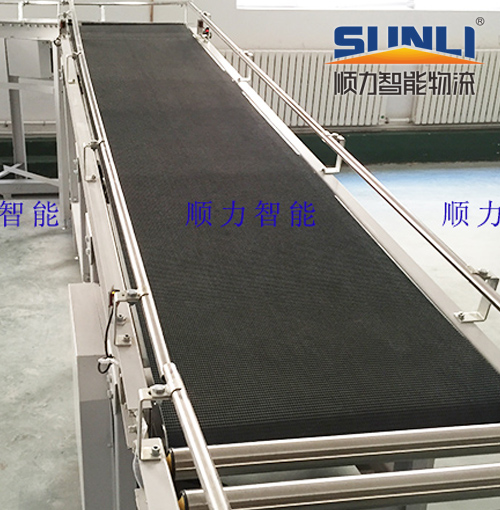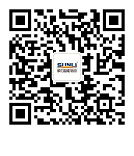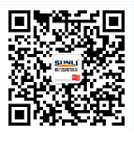Stereoscopic library There are many differences between inventory counting and traditional warehouse counting.
In terms of counting tools and technologies, traditional warehouse counting mainly relies on manual work, using paper lists and simple counting tools, such as counting machines. The staff needs to shuttle through the warehouse aisle, check the labels of goods one by one and record the quantity. The stereo library uses a lot of automation equipment and advanced information technology. For example, it uses the warehouse management system (WMS) to record the entry and exit and storage location of goods, and also uses automatic guided vehicle (AGV), stacker and other equipment to cooperate with radio frequency identification (RFID), bar code and other technologies for inventory. For example, in the highly automated stereoscopic warehouse, the sensors on the stacker can read the RFID tags of goods on the shelf, quickly obtain the goods information and complete the inventory.

In terms of counting efficiency, traditional warehouse counting is inefficient due to many manual operations. The staff should travel all over the warehouse. For large warehouses, it may take days or even weeks. The automated inventory of the stereo warehouse is very fast and can complete the inventory of a large number of goods in a short time. For example, a large stereo library can complete the basic inventory in one day or even several hours through the automation system, which greatly saves time.
In terms of counting accuracy, traditional warehouse counting is easily affected by human factors, such as fatigue and negligence, which may lead to data errors. With the help of equipment and systems, the inventory of stereo library has higher data accuracy. Moreover, the stereoscopic warehouse system can update the inventory data in real time. When the inventory finds differences, it can quickly track the goods' entry and exit records and operation links, and find the problem in time. In this respect, traditional warehouses need to spend more time manually checking accounts and operating records.














